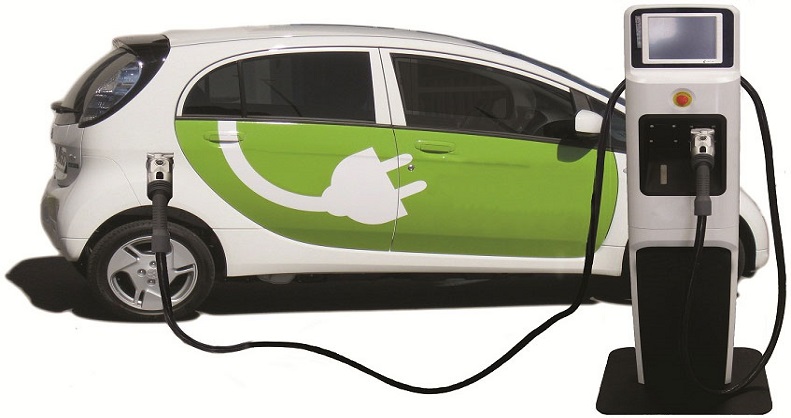National Electric Mobility Mission
The National Mission for Electric Mobility (NMEM) has National energy security and growth of domestic manufacturing capabilities in full range of electric vehicle technologies as its two inter-related key objectives. The NEMMP 2020 lays the vision and provides the roadmap for achieving significant penetration of efficient and environmentally friendly electric vehicle (including hybrids) technologies (xEVs) in India by 2020, thereby helping to achieve the NMEM objectives. NEMMP 2020 implementation will involve finalization and roll out of comprehensive array of Interventions involving all stakeholders, both in and out of the government.


FAME India
Government of India approved the National Mission on Electric Mobility and subsequently, National Electric Mobility Mission Plan 2020 was unveiled. Through this NEMMP-2020, Government aims to achieve national energy security, mitigation of the adverse impact of vehicles on the environment and growth of domestic manufacturing capabilities. The mission plan envisages introduction of 5-6 million electric and hybrid electric vehicles in the country by 2020. As part of the mission, Department of Heavy Industry (DHI), Under Ministry of Heavy Industries & Public Enterprises has formulated a scheme namely FAME – India (Faster Adoption and Manufacturing of (Hybrid &) Electric Vehicles in India). This Scheme have been notified vide S.O. 830(E) dated 13th March 2015
NITI Aayog Report on Transforming Mobility
A report by Government of India’s think tank NITI Aayog provides 15-year roadmap for electrification of vehicles in the country. India could save as much as $60 billion in energy costs by 2030 and one gigatonne of carbon emissions between 2017 and 2030 by adopting more electric and shared vehicles, according to a report released by the country's leading think-tank. Also, by pursuing a future powered by electric mobility, carbon dioxide emissions would drop by 37% in 2030. Report says, India could save 64% energy in 2030 by shifting to shared electric mobility. The subsequent drop in petrol and diesel consumption would be 156 million tons of oil equivalent (MTOE) or 1.8 tera watt-hour energy -- enough to power 1,796.3 million homes in the country.


FAME INDIA II Scheme
Government has approved Phase-II of FAME Scheme with an outlay of Rs. 10,000 Crore for a period of 3 years later extended for 2 more years commencing from 1st April 2019 upto April 2024. Out of total budgetary support, about 86 percent of fund has been allocated for Demand Incentive so as to create demand for xEVs in the country. This phase aims to generate demand by way of supporting 7000 e-Buses, 5 lakh e-3 Wheelers, 55000 e-4 Wheeler Passenger Cars (including Strong Hybrid) and 10 lakh e-2 Wheelers. However, depending upon off-take of different category of xEVs, these numbers may vary as the provision has been made for inter as well as intra segment wise fungibility.
Only advanced battery and registered vehicles will be incentivized under the scheme. With greater emphasis on providing affordable & environment friendly public transportation options for the masses, scheme will be applicable mainly to vehicles used for public transport or those registered for commercial purposes in e-3W, e-4W and e-bus segments. However, privately owned registered e-2Ws are also covered under the scheme as a mass segment.
PLI SCHEME FOR AUTOMOBILE AND AUTO COMPONENT INDUSTRY
Government has approved the Production Linked Incentive (PLI) Scheme for Automobile and Auto Components Industry in India for Enhancing India’s Manufacturing Capabilities for Advanced Automotive
Products with a budgetary outlay of Rs. 25,938 crore. The PLI Scheme for Auto sector is open to existing Automotive companies as well as new Non-Automotive investor companies (who are currently not in automobile or auto component manufacturing business). The scheme has two components viz Champion OEM Incentive Scheme and Component Champion Incentive Scheme.

